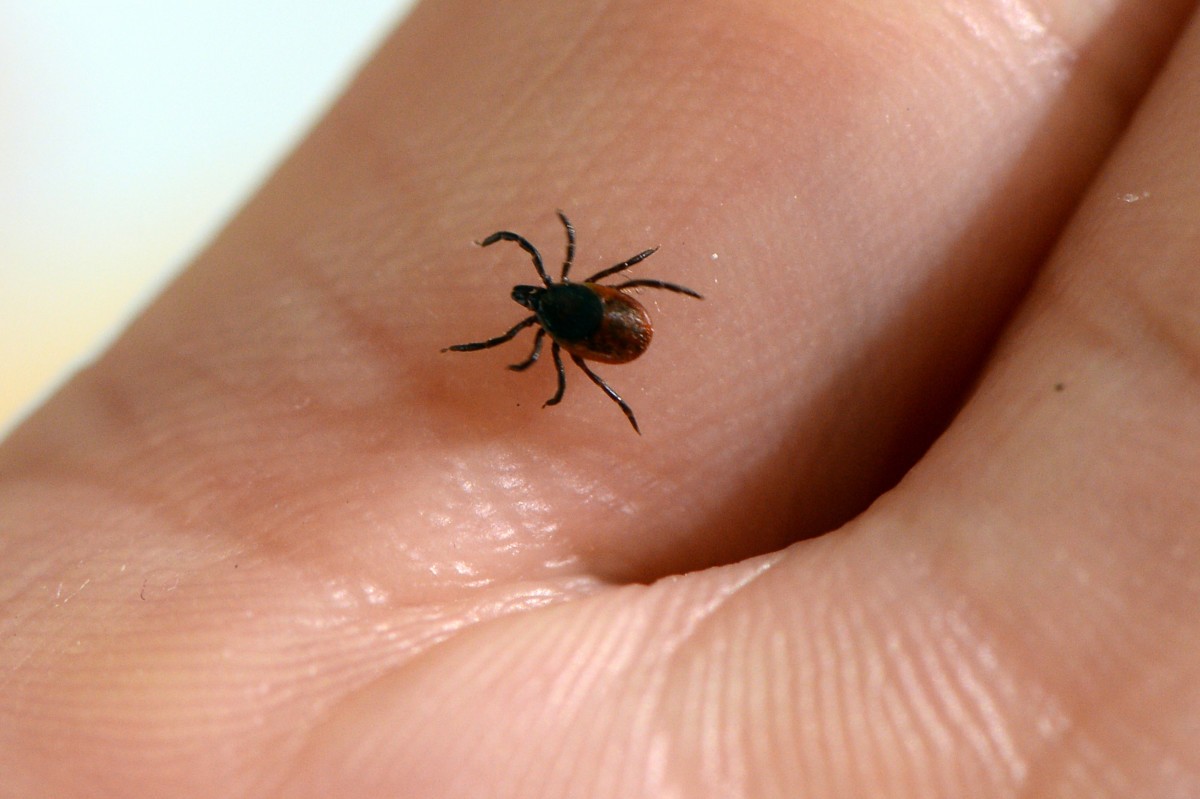Recently, a new report by FAIR health, which is a non-profit organization that is dedicated to the collection of data of privately billed health insurance across the country, shows that there has been a rise in insurance claims for Lyme disease.
In fact, the report highlights how there was a one hundred and seventeen percent increase in claim lines, which are services listed on insurance claims, for Lyme disease from the year 2007 to 2018.
According to the statement in the World Report and U.S. News of the FAIR health president, Robin Gelburd, these statistics were based on data from approximately thirty billion private healthcare and insurance provider’s databases.
Previously, data from other sources have also hinted at a significant rise in the diagnosis as well as insurance claims on Lyme disease. For instance, the data from the Centre for Disease Control and Prevention shows a rapid increase in the case of Lyme disease from 1998 to 2018.
An estimated twenty-three thousand cases of the disease were reported in the past year with an additional ten thousand suspected cases.
Read More- New Study Shows Cannabis Edibles May Be Harmful to Health
Lyme borreliosis or Lyme disease is originally caused by a specific type of bacteria commonly known as Borrelia bacterium. These bacteria are carried and spread to humans through ticks and tick bites. The earliest symptoms of the condition include erythema migrans, which is redness and swelling around the area of the tick bite that appears after six to seven days, headaches, and fever.
The diagnosis of the disease is done typically via physical observation, laboratory tests including Western blot and ELISA, and by checking the history of tick exposure of the particular patient. Early diagnosis is mandatory in the case of Lyme disease to avoid future complications such as facial palsy, joint pain, cluster headaches, and loss of ability to move.
The treatment of the condition involves the use of antibiotics. If diagnosed at an early stage, the antibiotic course is no longer than two to six weeks. However, the patient may experience joint pain, headaches, and other symptoms for up to six months. In the case of a late diagnosis, a longer antibiotic course along with other medication or procedures may be required to treat the disease and its other effects on the body.
Currently, health experts suggest that the rapid rise in the cases of Lyme disease may be associated with changes in the weather. More precisely, wetter and warmer weathers are the main culprit.
This claim is also backed up by annual climate change and health reports. The findings of the report, which appear in the medical journal The Lancet, show that warmer climates tend to raise the risk of infections including those which spread and are carried via insects.
Read More: High Cost of Insulin In the US May Increase Death Rate in Diabetes Patients
The changes in the weather and levels are significantly linked to the spread and risk of infectious bacteria in general. Moreover, the carrier of the infections, which in the case of Lyme disease are ticks, may also migrate to newer places due to the weather. This is why ticks were also found in the state of Nebraska for the first time in the summer of 2019.
The key to preventing Lyme disease, as suggested by the experts, up till now is to wear appropriate clothing such as full sleeves shirts, avoid sitting or lying down on the grass, and taking steps to keep garden spaces free of ticks.


